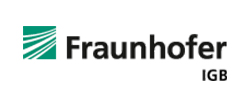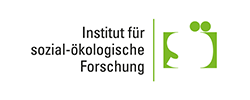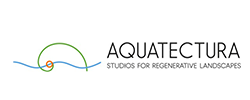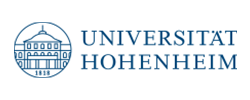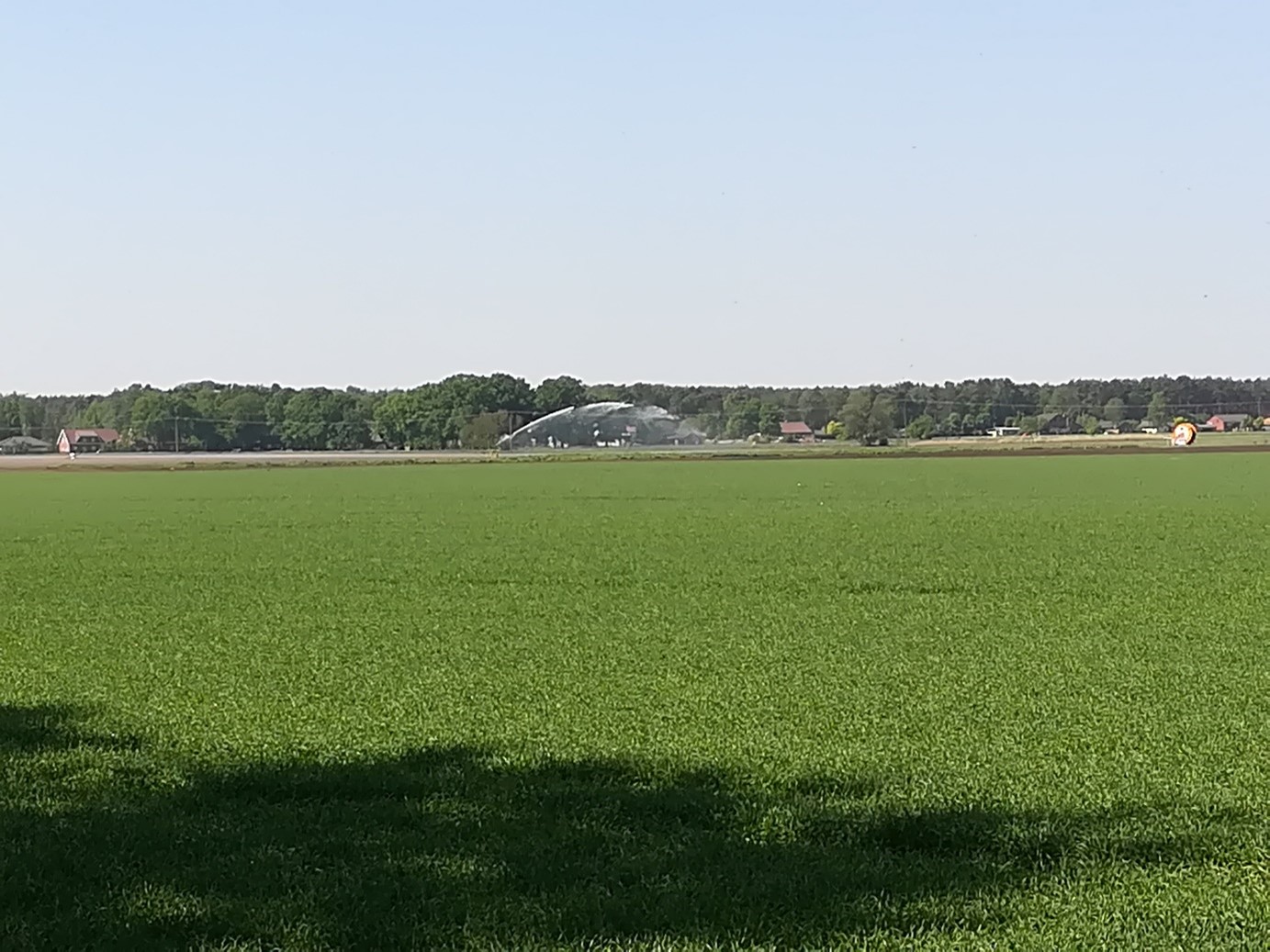Water deficiency in agriculture is becoming an ever greater problem in Germany as well. Using the example of the district of Gifhorn, this study shows how treated wastewater can be used as a resource in vegetable production in the spirit of the circular economy.
The HypoWave concept deals with solutions for high-quality water and nutrient reuse in agriculture. In addition to the targeted treatment of municipal wastewater, the focus is on its use in a hydroponic greenhouse for crop production. This case study for the district of Gifhorn shows a concrete implementation concept that was developed through interviews, site visits and a stakeholder workshop together with local actors.
In the district of Gifhorn alone, there are about 30 sewage pond plants in which wastewater from smaller localities is treated. Since elevated concentrations of nutrients still occur in the effluent from these plants, they are to be successively connected to wastewater treatment plants. The construction of such pumping stations could be saved if the effluent of the treatment ponds is used in a hydroponic system, as this is able to extract and recycle the nutrients. In order to use the effluent from the sewage pond system, it must be further treated: an activated carbon biofilter nitrifies and removes trace organic matter at the same time. A UV lamp disinfects the water. The example of the Weißenberge sewage pond plant, with about 500 connected inhabitants, showed that this solution is realistic and also makes economic sense. The operation is contractually regulated between the responsible wastewater disposal company (here: Wasserverband Gifhorn) and the farmer. Since the effluent values should be maintained throughout the year, lighting and heating of the greenhouse is necessary.


